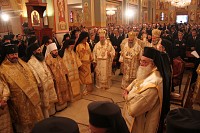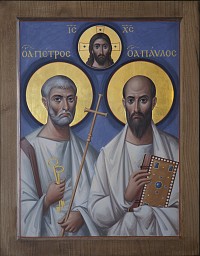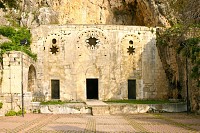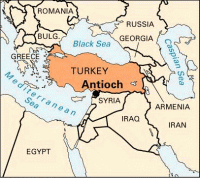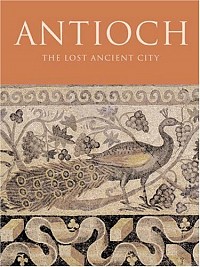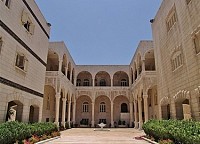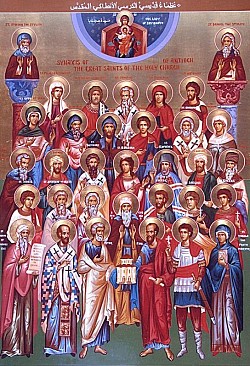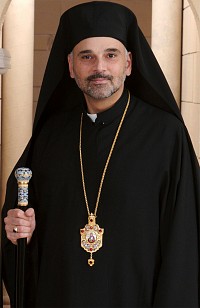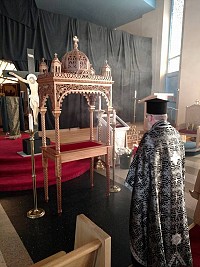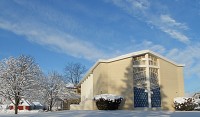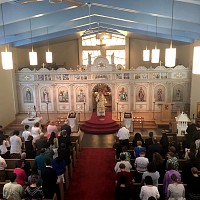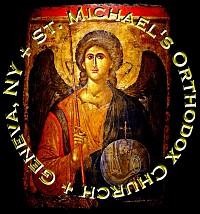Follow this link to see the list: http://antiochpatriarchate.org/en/category/archdioceses/64/
Today, we (the Antiochian Patriarchate) are in full communion with our brothers and sisters in various other Orthodox Christian jurisdictions, such as the Greek Orthodox Archdiocese of America and the Orthodox Church in America. Together we work to nurture the Orthodox Christians of this land—whether immigrants or native-born, cradle Orthodox, or converts—and to bring those in North America to a saving belief in our Lord, God, and Saviour, Jesus Christ, and to a spiritual home in the ancient Orthodox Christian Faith, which we have received from our Holy Fathers, Ss Peter and Paul.
More on the Patriarchate of Antioch
St. Raphael, Bishop of Brooklyn
Constitution of the Archdiocese
List of the Officers of the Archdiocese
HIERARCHY of the NORTH AMERICAN ARCHDIOCESE
Our North American Archdiocese currently includes nine dioceses in the United States and Canada (Mexico and Central America form their own Archdiocese). Our Archdiocese is overseen by one Metropolitan Archbishop (His Eminence Metropolitan SABA), with several Auxilary (assistant) Bishops. Each of our bishops works in concert with our Metropolitan to guide and grow our parishes.
Metropolitan SABA (Isper), Archbishop of New York and Metropolitan of all North America (biography of His Eminence: https://antiochian.org/regulararticle/1524 )
The Antiochian Archdiocese was led for over forty years by His Eminence Metropolitan PHILIP (Saliba), prior to his falling asleep in the Lord on March 19, 2014. Following his repose, His Beatitude JOHN X appointed Metropolitan SILOUAN of Buenos Aires and all Argentina as the Patriarchal Vicar, to oversee the period of transition of Episcopal oversight. After a gathering of representatives and clergy from all of our parishes, an election for a new Metropolitan was held in Chicago. Three names were sent to Patriarch JOHN X, and after prayer and deliberation among the members of the Holy Synod of Antioch (a gathering of all the Metropolitans from around the world), which met in Balamand, Lebanon on Thursday, July 3, 2014, Archbishop JOSEPH was elected to serve as the Metropolitan of all North America. Then, with the retirement of Metropolitan JOSEPH, the process was repeated in January 2023. The Holy Synod elected His Eminence Metropolitan SABA (Isper) to be our new Metropolitan. His enthronement took place at the Cathedral of St. Nicholas, Brooklyn, NY, on Saturday, May13, 2023. Here is a list of resources about His Eminence: https://antiochian.org/dashboard?name=MetSaba
DEPARTMENTS AND ORGANIZATIONS
Much work of our Archdiocese is accomplished by dedicated ministry staff and volunteers laboring in a wide range of departments and organizations seeing to the needs of our communities. From sacred music to Christian education, from care for aging priests to missionary work, and beyond, our Archdiocese benefits from the work of those who choose to serve.
See descriptions and links for all our departments and organizations.
PARISHES
The Antiochian Orthodox Christian Archdiocese of North America includes over 275 cathedrals, churches, and missions throughout the United States and Canada. A list may be found here: http://www.antiochian.org/parishes
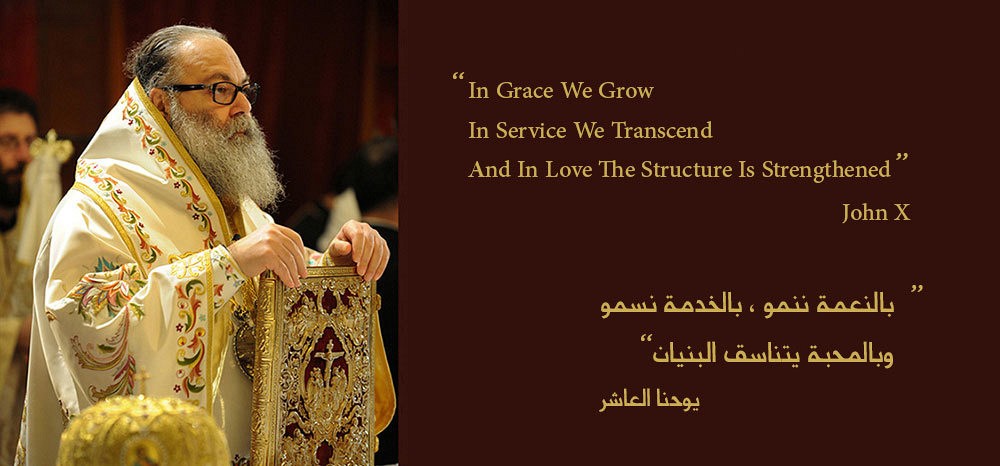
![His Beatitude JOHN X [the tenth]](https://stmichaelsgeneva.org/display_image.php?ximgid=paragraph_8_1&ext=jpg&relativeimage=images/Patriarch_JOHN_X--Yazigi.jpg&archive=0&final_h=150&final_w=200&percent=100&m=1510416196)
